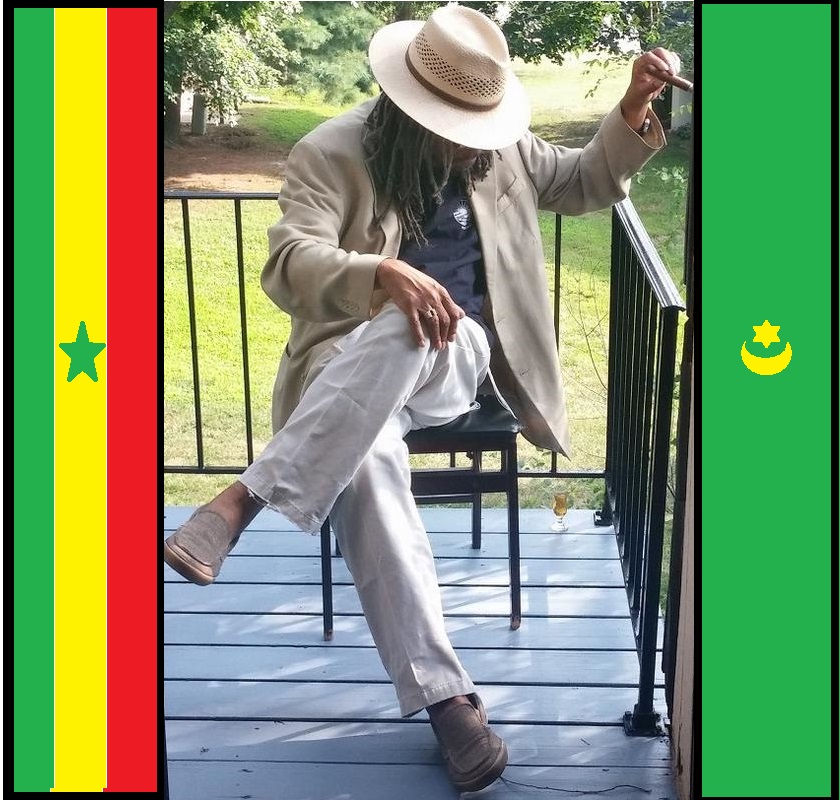Post by djoser-xyyman on Jan 29, 2020 8:13:53 GMT -5
African babies? With black skin?


Multidisciplinary investigation of two Egyptian child mummies curated at the University of Tartu Art Museum, Estonia (Late/Graeco-Roman Periods)
• Ester Oras ,
• Jaanika Anderson
Editor: David Caramelli, University of Florence, ITALY
Jan2020
According to museum records, Otto Friedrich von Richter, a young Baltic-German scholar and traveller, brought them to Estonia from Egypt in the early 19th century. Although these mummies were previously studied in the early 20th century, as evidenced by their appearance, many details of their origins, date, and contents are largely unknown. Thus, a team of over 20 experts from different fields such as archaeology, medicine, and the natural sciences, examined the remains using the most recent analytical methods.
Materials and methodology
The older child mummy (OM, KMM A 64), measuring 127 cm in length, lies in a supine position, with the arms crossed on the chest. The body has a dark colour, and the external genitals are still recognizable. Evidence for mummification is apparent as the body has a left flank evisceration incision measuring 9.5 × 13.5 cm, foreign material was introduced into the eye sockets, and linen fragments, p
The younger child mummy (YM; KMM A 63), measuring 80 cm, also lies in a supine position, but its arms are extended along the sides of the body. The skin is also dark, possibly due to the embalming agents, and the external genitals are still preserved. Lack of soft tissue is recognizable at the forehead and right temple level. T
During the course of this study a total of 34 samples were collected from the two child mummies (Table 1).
In addition, the male sex of both subjects appears to be in accordance with other data, which shows that the practice of preserving dead non-adults appears to favour males [42].
Xyyman comment – Age 100-400BCE Greco-Roman. mtDNA T2c1a and HV. No male uniparental markers. HMMMMM!!! Black skin with ]. mtDNA T2c1a and HV. No STR also. We need to wait until they release the data set.

Multidisciplinary investigation of two Egyptian child mummies curated at the University of Tartu Art Museum, Estonia (Late/Graeco-Roman Periods)
• Ester Oras ,
• Jaanika Anderson
Editor: David Caramelli, University of Florence, ITALY
Jan2020
According to museum records, Otto Friedrich von Richter, a young Baltic-German scholar and traveller, brought them to Estonia from Egypt in the early 19th century. Although these mummies were previously studied in the early 20th century, as evidenced by their appearance, many details of their origins, date, and contents are largely unknown. Thus, a team of over 20 experts from different fields such as archaeology, medicine, and the natural sciences, examined the remains using the most recent analytical methods.
Materials and methodology
The older child mummy (OM, KMM A 64), measuring 127 cm in length, lies in a supine position, with the arms crossed on the chest. The body has a dark colour, and the external genitals are still recognizable. Evidence for mummification is apparent as the body has a left flank evisceration incision measuring 9.5 × 13.5 cm, foreign material was introduced into the eye sockets, and linen fragments, p
The younger child mummy (YM; KMM A 63), measuring 80 cm, also lies in a supine position, but its arms are extended along the sides of the body. The skin is also dark, possibly due to the embalming agents, and the external genitals are still preserved. Lack of soft tissue is recognizable at the forehead and right temple level. T
During the course of this study a total of 34 samples were collected from the two child mummies (Table 1).
In addition, the male sex of both subjects appears to be in accordance with other data, which shows that the practice of preserving dead non-adults appears to favour males [42].
Xyyman comment – Age 100-400BCE Greco-Roman. mtDNA T2c1a and HV. No male uniparental markers. HMMMMM!!! Black skin with ]. mtDNA T2c1a and HV. No STR also. We need to wait until they release the data set.









